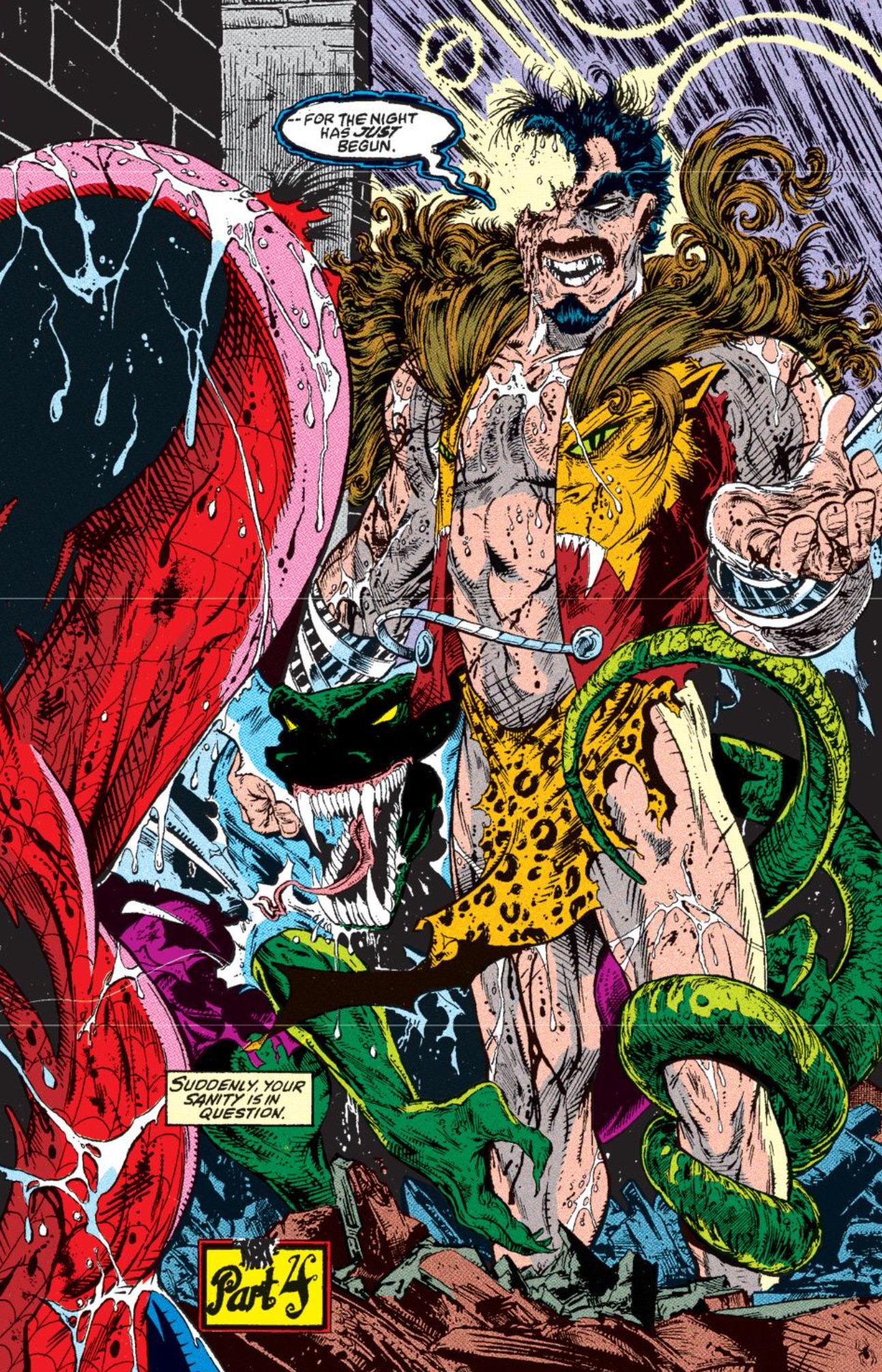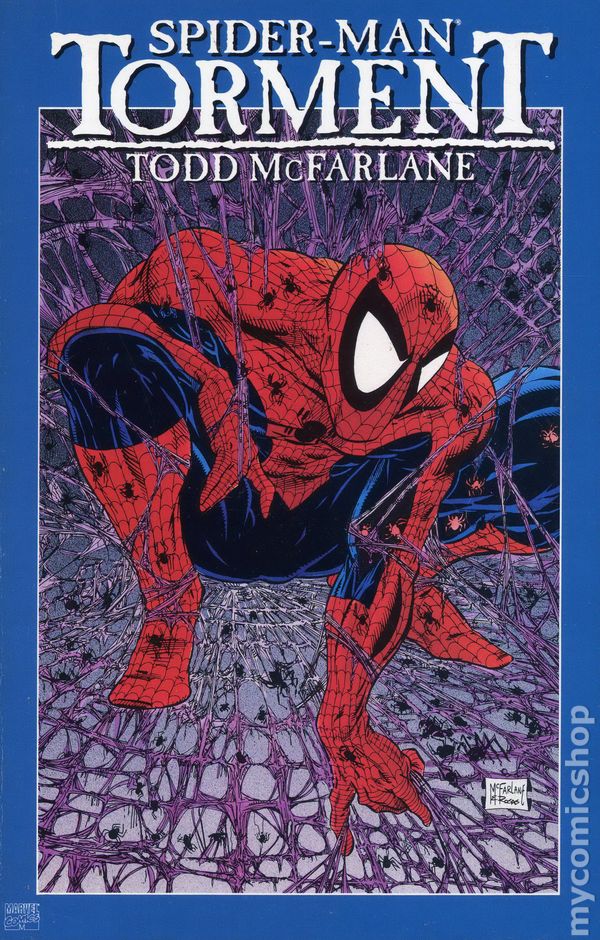
Look even more deeply at this arc and you’ll notice over the course of five issues, nothing really actually happens. There’s so much to dislike about the arc: the inexplicable overuse of the phrase “Rise Above It All ” how the story unashamedly “borrows” themes and imagery from significantly better arcs like “Kraven’s Last Hunt ” and the fact that McFarlane has removed all sense of humanity (and by consequence, interest) from the Lizard, who is just characterized as a bloodthirsty killing machine throughout.

Over the course of both readings, “Torment” has actually become even more cringe-worthy for me. Over the past year, I’ve reread this story twice, the first for my inaugural Gimmick or Good? column at Comics Should Be Good, and then again for this post. And yet I can’t think of my childhood and Spidey comics without coming back to Spider-Man #1. Showing just how caught up I was in this book’s hype, I continued to buy the remaining four issues of McFarlane’s opening arc “Torment.” But while I remember the Lizard being the featured villain and the word “Doom” showing up on every other page, I couldn’t tell you anything about this storyline that made a huge impression on me. Unfortunately, this place closed about a year or so after it first opened, leaving my brother and I with nothing again (at least until we learned to drive). My brother and I would attend these shows (I think they were once a month) with regularity because the place was so close and incredibly fun for a couple of adolescents.

In fact, I have a very distinct memory of picking up a silver variant at a collectible/memorabilia show held at an indoor batting range/arcade near my childhood home. With the help of multiple variant covers, it sold more than one million copies and I probably bought at least two of them (I remember owning a regular version and a silver ink variant, though I also think I might have picked up a gold ink one as well). Similar to what I recently said about “Maximum Carnage,” as a young fan who adored and consumed every Spider-Man comic with McFarlane’s name on it in the late 80s/early 90s, it is partly my fault that this poorly written comic book became such a phenomenon. Keep in mind, when I say this comic book is “important,” I’m not necessarily talking about its quality, just its impact.

1 issues (at least on a personal level) released in my lifetime, the “adjective-less” Spider-Man #1, which was written and illustrated by industry superstar Todd McFarlane. I’m going to end Chasing Amazing’s “One Month,” with what is arguably one of the most important Spider-Man No.


 0 kommentar(er)
0 kommentar(er)
